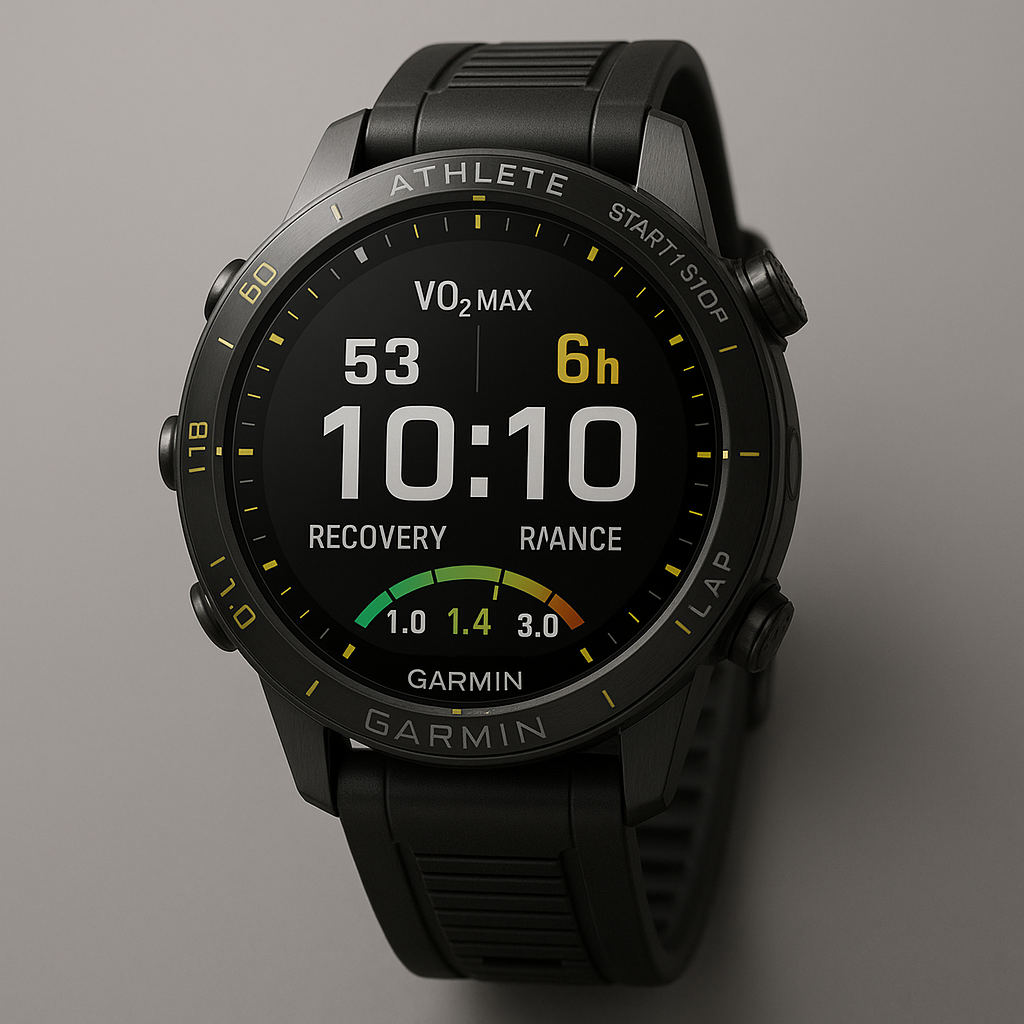Introduction
The Hypershell X Exoskeleton, unveiled at CES 2025 following a successful Kickstarter campaign that raised over $1.2 million, represents a groundbreaking leap in consumer-grade wearable robotics. Designed by Hypershell, a Shanghai-based innovator, this AI-powered exoskeleton targets outdoor enthusiasts, travelers, and individuals seeking enhanced mobility for daily activities. Available in three models—Go X, Pro X, and Carbon X—the Hypershell X promises to reduce physical strain, boost leg strength by up to 40%, and offset up to 66 pounds (30 kg) of perceived weight. As of April 19, 2025, this review evaluates its design, features, performance, pricing, and real-world applications based on early user feedback and expert testing.
Design and Build
The Hypershell X features a hip-mounted design with a lightweight frame, weighing between 1.8 kg (Carbon X) and 2.4 kg (Go X) without the battery. The exoskeleton utilizes an AeroFlex SoftSuit, a 4 mm-thick, 10-layer composite padding that offers flexibility, waterproofing, breathability, and adjustable fit for various body types. The Pro X and Carbon X models incorporate advanced materials like aluminum and carbon fiber, reducing weight compared to the plastic-and-metal Go X. A rechargeable battery pack attaches to the waistband, powering dual hip-mounted motors. While the design is sleek and portable, some users note the battery’s placement can cause discomfort when sitting or carrying backpacks, often mitigated with additional bracing. The IP54 rating ensures dust and water resistance, suitable for outdoor use.
Features
AI MotionEngine
The Hypershell X’s standout feature is its AI MotionEngine, which processes real-time data from over a dozen sensors (IMUs, gyroscopes, barometers) with a 0.03-second latency. This system adjusts motor output—delivering up to 800 watts and 32 N·m of torque—to provide intuitive assistance for leg lifts and forward pushes. Modes like Walk, Race Walk, Uphill, and Mountaineering (available on Pro X and Carbon X) cater to diverse activities, with the AI adapting to user movements over time.
Assistance Levels
The exoskeleton offsets up to 30 kg of weight, reducing exertion by 30% and boosting leg strength by 40% at maximum assistance. This is particularly effective for hiking steep trails (up to 15-degree inclines) and carrying heavy loads, as demonstrated by users tackling 10 kg backpacks with ease. Resistance training modes also allow for muscle-building, adding versatility.
Battery and Durability
The battery offers a 17.5 km range (Pro X and Carbon X), though this decreases with steep climbs or high assistance levels. A 65W fast-charging option reaches 50% capacity in 35 minutes, and the device operates from -4°F to 140°F. The Carbon X’s titanium alloy frame enhances durability for extreme conditions, while all models include swappable batteries for extended use.
Performance
Real-World Testing
Early adopters and reviewers, including ZDNET’s Ant Pruitt and Gizmodo’s Kyle Barr, praise the Hypershell X’s performance on hikes. Pruitt noted subtle quad and hip support during CES 2025 testing, ideal for long convention walks, while Barr completed a 3-hour hike with only 30-40% battery drain. The device’s motors provide smooth, natural assistance, though latency can occur in crowded or uneven settings. Users with mobility issues, like monomelic amyotrophy, report improved confidence on trails, though knee support remains absent.
Limitations
The exoskeleton’s hip-focused design doesn’t assist below the knees, limiting effectiveness for running or sports with dynamic movements (e.g., basketball). Fit varies, with taller users (175 cm) finding comfort, while shorter individuals (155 cm) may need higher waist adjustments. Battery placement can press into the spine when seated, and the 4-pound weight (with battery) is noticeable when unpowered.
Pricing and Availability
Priced at $799 (Go X), $999 (Pro X), and $1,499 (Carbon X), the Hypershell X is competitive compared to $5,000 alternatives like Arc’teryx Mo/Go. Shipping began in early 2025, with a one-month lead time from order, though delays are possible during mass production. Sizes are adjustable but not universally accommodating, with a waitlist for new options.
Pros and Cons
Pros
- Lightweight Design: 1.8-2.4 kg frames enhance portability.
- AI Adaptation: Real-time assistance improves with use.
- Versatility: Supports hiking, cycling, and daily tasks.
- Durability: IP54 rating and wide temperature range.
Cons
- Fit Issues: May not suit all body types or heights.
- Battery Placement: Causes discomfort when sitting.
- Limited Knee Support: Restricts dynamic sports use.
- Cost: High initial investment for some users.
Real-World Applications
Outdoor Adventures
Hikers benefit from reduced fatigue on steep trails, with users completing 9.3-mile mountain paths effortlessly. The device’s 300° torsional freedom aids mountaineering, though its 17.5 km range limits longer treks without spares.
Everyday Use
Office workers and those with mobility challenges report less leg and back strain, making it valuable for prolonged standing or walking. However, its bulkiness under clothing is a drawback.
Fitness
Resistance modes support muscle training, appealing to fitness enthusiasts, though professional athletes may find it restrictive for high-impact sports.
Comparison to Competitors
Unlike industrial exoskeletons or medical devices, the Hypershell X targets consumers, undercutting the $1,200 Dnsys X1 (still pre-order) and $5,000 Arc’teryx Mo/Go. Its AI-driven adaptability edges out Skip Robotics’ MO/GO, though the latter offers smoother running support. The Hypershell’s affordability and availability give it an advantage.
Consumer Sentiment
X posts and reviews reflect enthusiasm, with users like @OutdoorTechFan calling it a “game-changer” for hikes. Concerns about fit and battery comfort persist, as noted by @GearCritic, highlighting a mixed but generally positive reception.
Conclusion
The Hypershell X Exoskeleton delivers on its promise of enhanced mobility for outdoor enthusiasts and daily users, blending AI innovation with a lightweight design. Its ability to reduce strain and boost performance on trails is impressive, though fit inconsistencies and limited knee support temper its versatility. At $799-$1,499, it’s a worthwhile investment for active individuals, provided they address fit and battery placement with accessories. As Hypershell refines production and expands sizing, this exoskeleton could redefine personal robotics.
Recommendation: Ideal for hikers and mobility seekers within compatible body types; consider additional bracing and spare batteries for optimal use.



